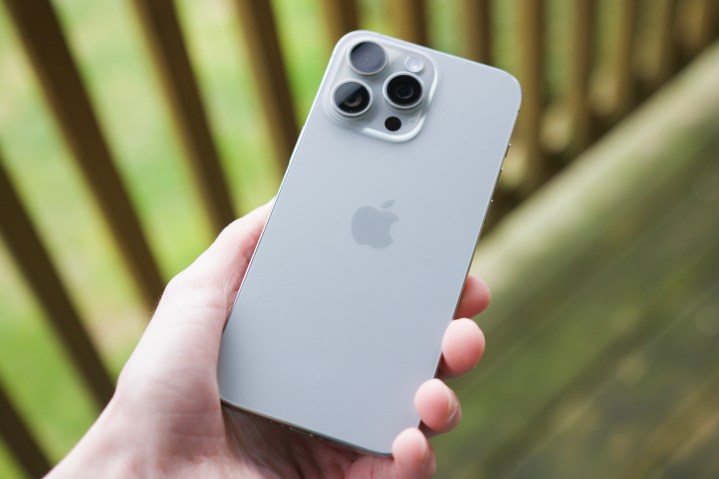
According to 9to5Mac, Apple has significantly changed its repair and standard warranty policies — potentially resulting in higher repair costs for iPhones and Apple Watches.
The policy change pertains to “single hairline cracks.” In the past, this type of problem was covered by the standard warranty for these products. However, it is now being treated as “accidental damage,” with customers being required to pay for the repair.
Apple officially communicated the policy change to Apple Stores and Apple Authorized Service Providers earlier this week, ensuring that all relevant parties were aware of the new guidelines. Apple hasn’t explained why it made the policy change.
For those without an AppleCare+ plan, a new iPhone 15 Pro Max display costs $379, while the same repair costs $299 on an Apple Watch Series 9. Prices vary by product model. As you can see, these are significant costs that aren’t covered by the standard Apple warranty. Luckily, there’s still AppleCare+.
Apple products come with a limited warranty that an AppleCare+ contract can extend. Pricing for iPhones begins at $4 per month or $79 for two years on the iPhone SE (3rd generation) and rises to $10 per month or $199 for two years on the iPhone 15 Pro series. On Apple Watch, prices start at $2.50 per month or $49 for two years.
Depending on your location, you need to purchase AppleCare+ within a specific window after buying your device. You can purchase it in most countries and regions within 60 days of buying your device. You can purchase it when you buy your phone or through the Support app on your iPhone or iPad. There’s also a purchase option on the Apple website.
If you already have AppleCare+, this news doesn’t really affect you. But if you don’t have that additional coverage and you expected small hairline cracks to be covered under your warranty, this policy change is obviously far from ideal.



